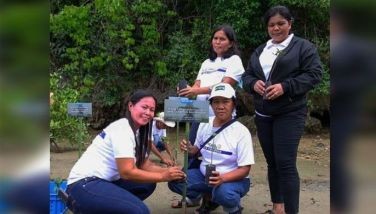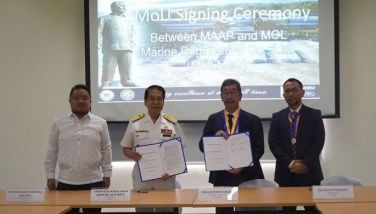This stone house in antique puts us in touch with a glorious past
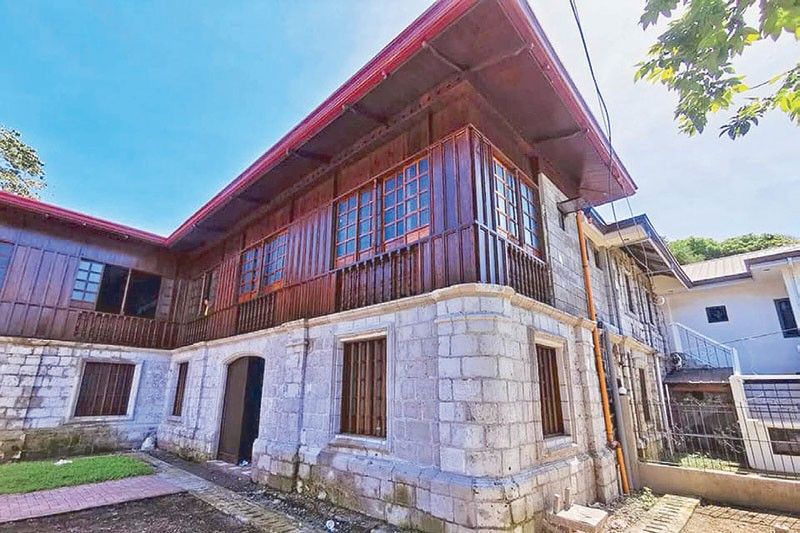
I was nurtured in an environment immersed in art and culture with the influence of my late mother, Bessie. I dabbled in the arts almost at the same time as I learned to speak as a child.
Field trips for me were visits to the home of national artist HR Ocampo and those of the Dimasalang artists, like Sofronio “Sym” Mendoza and Romulo Galicano. I spent my weekends tagging along with my mother and her friends to the Binangonan home of the late national artist Vicente Manansala. Those are precious memories that fortify my love for culture and the arts.
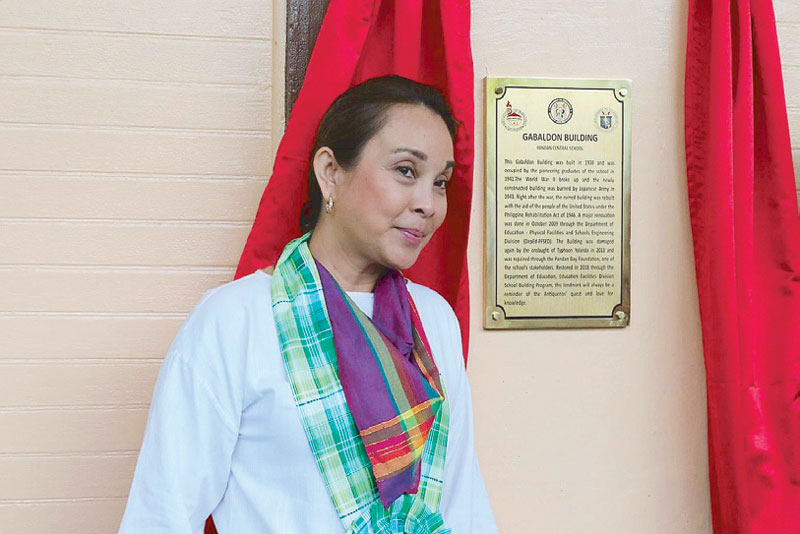
As a journalist and a public servant, I traveled to many places all over the country, and that allowed me to see that the Philippines is indeed a country endowed with a rich and diverse culture. We have a truly abundant collection of intangible and tangible heritage that bears witness to our ingenuity, identity, and history as Filipinos.
Part of our tangible cultural heritage is the age-old stone houses that must hold enthralling stories. I always find myself attracted to these structures as they convey our values, beliefs and aspirations. These treasures bring me a sense of peace. They enable me to touch a glorious past.

The fact that we are in a fast-changing, globalized society is inescapable. More and more, we look to bring in profit and technological advancements that boost our country’s socio-economic status. The desire to be competitive in the global market might lead us to neglect protecting these precious cultural treasures we’ve inherited.
My desire to promote cultural restoration and save heritage structures that are constantly under threat of removal or destruction has led me to my lifelong passion for advocating their protection, preservation, and conservation.
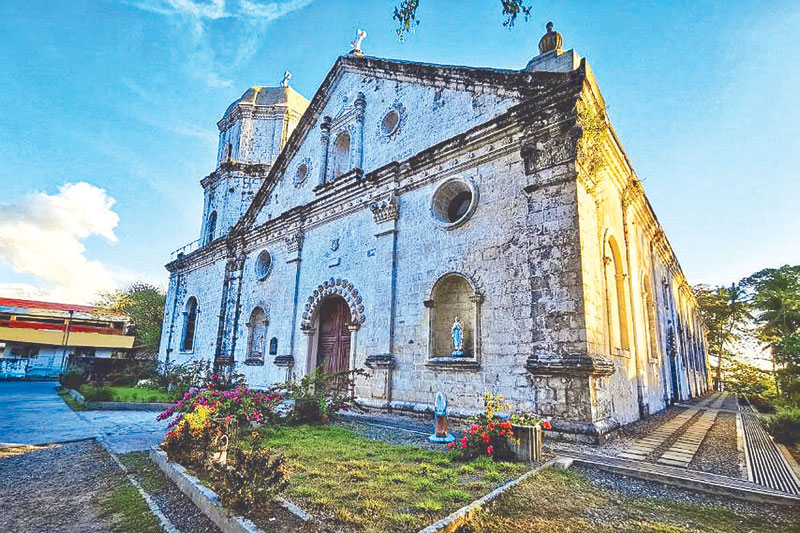
I am grateful that my perseverance and dedication to fulfill this commitment has not gone to waste. Being a heritage warrior, so to speak, has helped me pave the way for the restoration of the Barasoain Church in Malolos, Bulacan, the San Bartolome Church in Malabon City, and the Parish of St. John of Nepomuceno in Anini-y, Antique.
As one of the authors of Republic Act No. 11194, the Gabaldon School Buildings Conservation Act, I pushed for the restoration of the Gabaldon Buildings all over the country. For me, the value in this is not just the matter of conserving our physical heritage, but more importantly, the opportunity to inculcate in our Filipino youth respect for things that form part of our birthright.
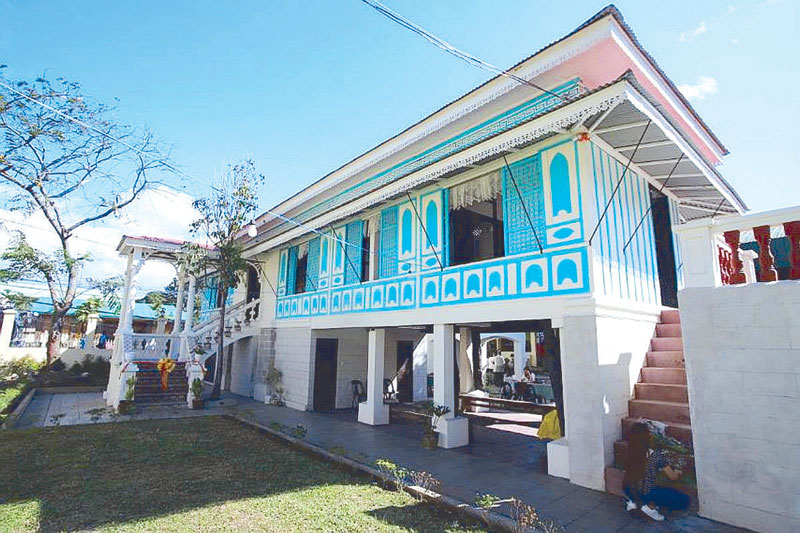
Happily, in March of this year, the newly restored Bahay Prudencia Fule in San Pablo City, Laguna, was turned over to the local government. Once upon a time, this building served as a hideout where General Miguel Malvar conferred with the Katipuneros during the revolution.
In the midst of the global uncertainties and adjustments brought about by the pandemic, I am relieved and excited to see the recent progress of a most loved advocacy: the restoration of the only remaining Balay nga Bato in my hometown, Antique.
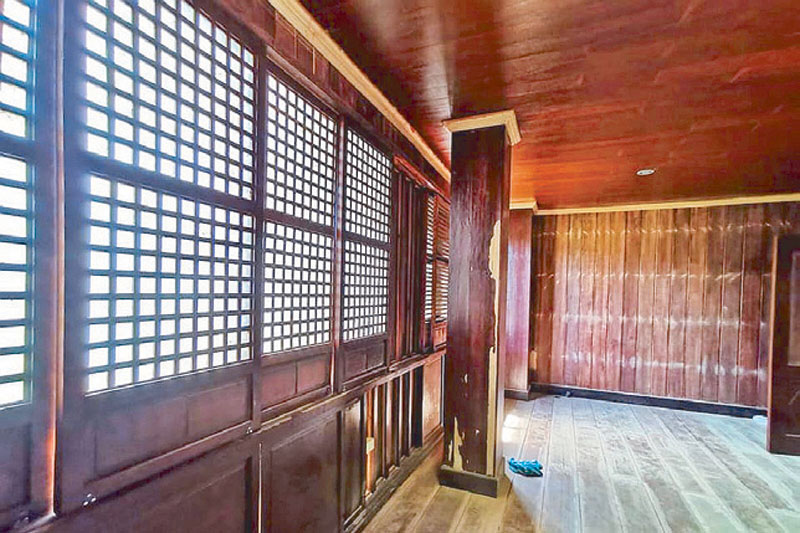
Truly, Antique is a treasure trove of natural wonders. Its abundant culture and traditions deserve to be continuously rediscovered, promoted, and preserved.
I remember seeing for the first time many years ago the nearly dilapidated heritage house along Gobierno Street, in the capital town of San Jose de Buenavista, Antique.
The province had many of these big stone houses during the Spanish occupation, but most were badly damaged during the Second World War. Renovation would have been too expensive for a province relying on income from agriculture and fisheries. Thus, the deterioration and demolition of most of these heritage structures continued until only the Balay nga Bato along Gobierno Street remained standing.
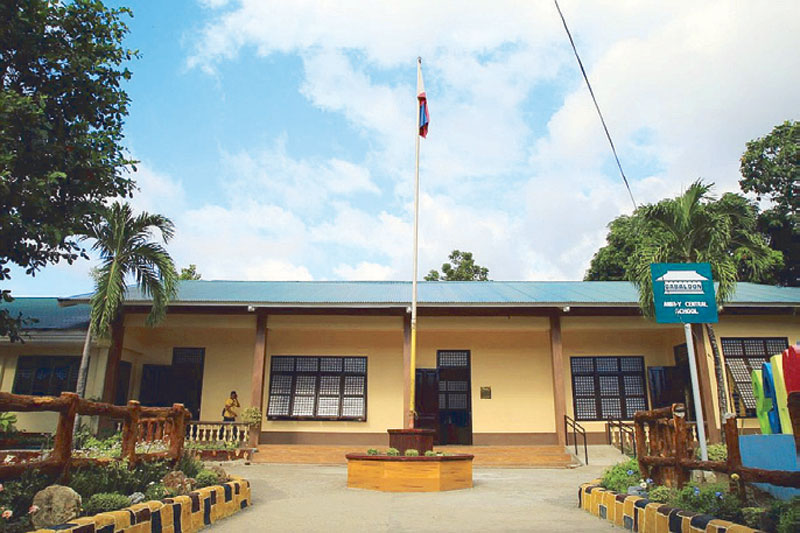
As a masterpiece that has stood the test of time, this Balay nga Bato is estimated to be around 194 to 211 years old, and built of old, mature hardwood lumber, coral stones, and heavy tiles. Its roofing was originally made of tiles, but was changed to galvanized iron. Its main wooden structure was made of first-class hardwood, such as molave and narra; its first-floor walls and flooring were made mostly of coral stones.
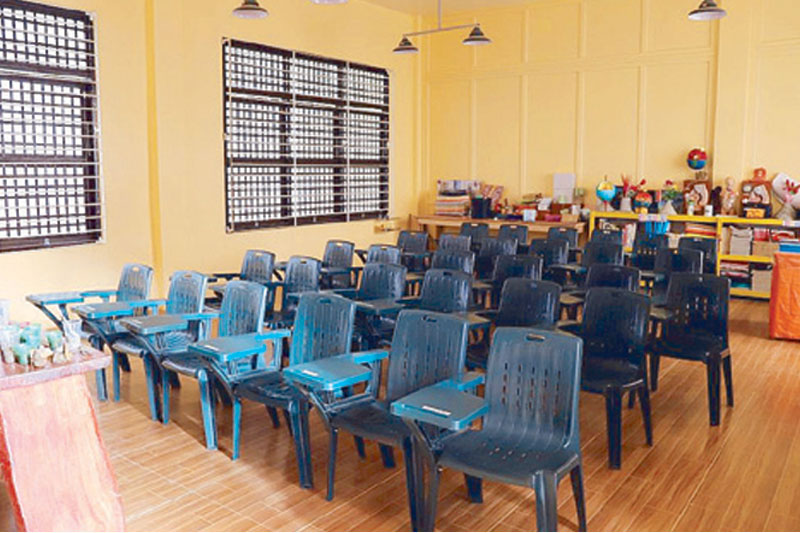
The house is a witness to the history of our province and is a significant testimony of our cultural landscape. It is a representation of our colonization during the Spanish era; it served as quarters for the Japanese when they took over Antique and the rest of Panay; and it was eventually converted into a hospital for the wounded during the Second World War.
Now it deserves the tribute and distinction of being restored to its former glory.

I believe that it should be the duty of the government to take the lead in preserving important heritage structures, which is why, during my time as the chairperson of the Senate Committee on Finance, I ensured that adequate funding would be allocated for the preservation of this historical treasure in Antique.
In 2018, a budget of P5 million under the National Historical Commission of the Philippines (NHCP) and another P15 million in 2019 were allocated for the restoration project.
Once completed by the end of this year, this house will be home to the Institute of Living Traditions and will be managed by the National Commission for Culture and the Arts.
Keeping our heritage alive is a continuing but worthy challenge. As we protect and restore the Balay nga Bato, we are also contributing to the upliftment of the economic condition of Antique.
The preservation of this significant legacy is only a part of my bigger plan for my beloved province. The hope is to boost tourism and socio-economic capability, as well as to ensure that all who visit will also get to know the tradition of arts and crafts in Antique that will be passed onto the next generations of Antiqueños.
I am hoping that my advocacies will encourage more Filipinos, especially the youth, to strengthen their love and collective appreciation for our culture and heritage. I also hope that the government, experts and the private sector will heed the call to support and invest in the conservation of these treasures, our source of pride.













